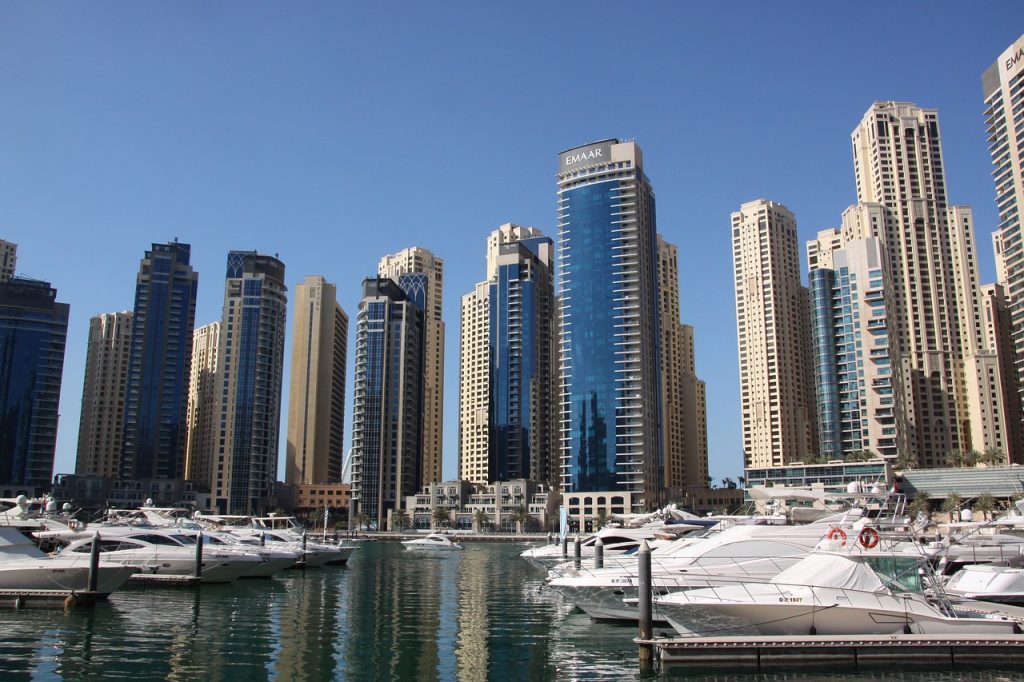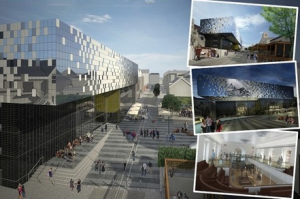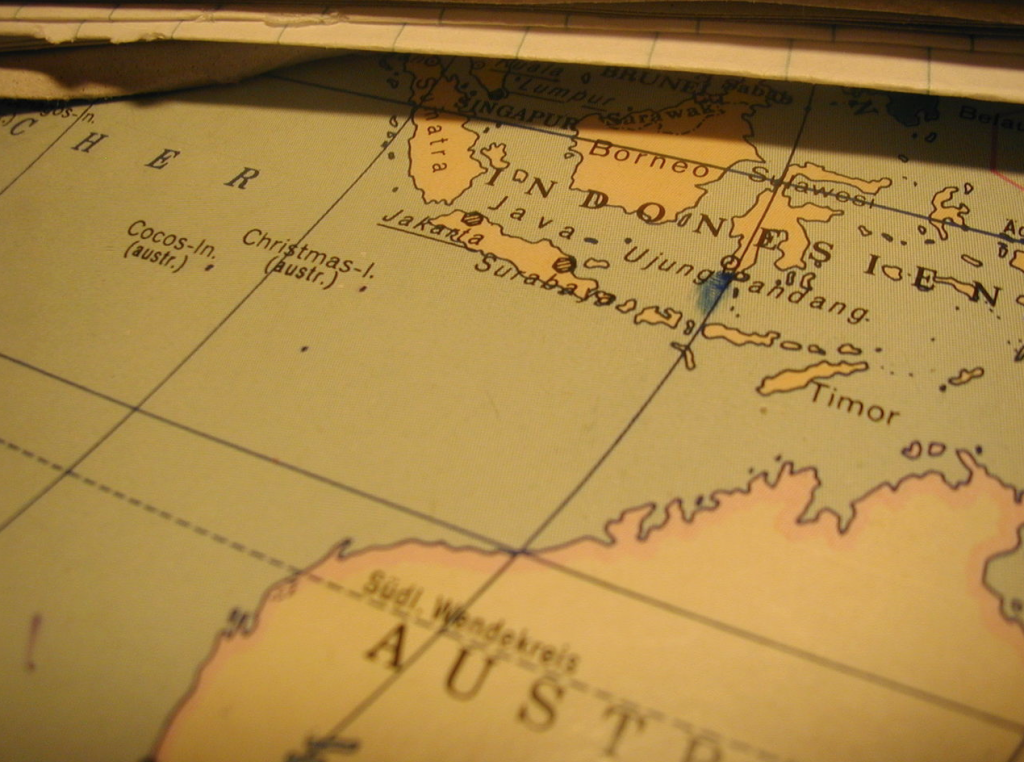Merger and acquisition (M&A) have become a prevalent strategy for organisations seeking growth, market expansion, and increased shareholder value. These transactions involve combining two or more companies’ resources, talents, and operations to create a stronger, more competitive entity. This article will delve into the dynamics of mergers and acquisitions, exploring the motivations, processes, challenges, and potential value creation. By understanding the intricacies of M&A, organisations can navigate this complex landscape and unlock the full potential of these transformative deals.

1. Motivations for Merger and Acquisition:
Various motivations drive mergers and acquisitions. These include achieving economies of scale, expanding into new markets, diversifying product portfolios, gaining access to new technologies or intellectual property, capturing synergies, and accelerating growth. Understanding the underlying motivations for merger & acquisition is crucial in assessing these transactions’ potential benefits and risks.
2. Types of Mergers and Acquisition:
Merger and acquisition services can take different forms, each with its characteristics and objectives. Horizontal mergers involve consolidating companies operating in the same industry or market. Vertical mergers combine companies operating at different stages of the supply chain. Conglomerate mergers involve the combination of unrelated businesses. Acquisitions can be categorised as friendly or hostile, depending on the level of cooperation between the parties involved.
3. The M&A Process:
The M&A process encompasses several stages, from initial strategic planning to post-merger integration. These stages include identifying targets, conducting due diligence, negotiating terms, obtaining regulatory approvals, and integrating operations and cultures. Each stage requires careful planning, thorough analysis, and effective communication to ensure a smooth transition and maximise the value derived from the deal.
4. Challenges in Merger and acquisition:
Mergers and acquisitions are complex undertakings with their fair share of challenges. Cultural integration, aligning organisational structures and processes, managing employee morale, and retaining key talent are common challenges faced during post-merger integration. Inadequate due diligence, valuation disparities, regulatory hurdles, and financial risks can pose significant obstacles. By anticipating these challenges and developing strategies to address them, organisations can mitigate risks and enhance the likelihood of a successful outcome.
5. Value Creation in Merger and Acquisition:
When executed effectively, mergers and acquisitions can unlock significant value for organisations. Synergies, such as cost savings, revenue growth, market share expansion, and complementary capabilities, are critical drivers of value creation. Additionally, M&A transactions can provide access to new customer segments, enhanced innovation, improved competitive positioning, and increased shareholder value. Organisations that effectively leverage synergies and diligently manage the integration process are more likely to realise the full potential of their M&A initiatives.
6. Legal and Regulatory Considerations:
Different legal frameworks worldwide regulate mergers and acquisitions, requiring strict compliance with antitrust, shareholder, employee protection, and intellectual property laws. Navigating these intricate legal complexities demands expert guidance in merger and acquisition services. Expert guidance in merger & acquisition services is crucial to navigate legal complexities and ensure compliance at every process stage. They guide the organisation to mitigate legal risks, safeguard stakeholder interests, and promote a smooth and successful merger or acquisition transaction.
7. Cultural Integration and Change Management:
Successful Mergers and acquisitions require careful attention to cultural integration and change management. Organisations must address differences in work culture, values, communication styles, and management approaches. Developing a comprehensive change management plan, fostering open communication, and creating a shared vision and purpose is vital in aligning the cultures of merging entities and building a cohesive and motivated workforce.
8. Evaluating Merger and Acquisition:
Thorough evaluation and due diligence are critical in assessing mergers and acquisitions’ feasibility and potential value. Organisations must evaluate strategic fit, financial viability, growth potential, risks, and the potential impact on stakeholders. Organisations can make informed decisions and avoid potential pitfalls by conducting comprehensive evaluations.
9. The Future of Merger and Acquisition:
As the business landscape evolves, mergers and acquisitions will remain vital for organisations seeking growth and competitive advantage. The rise of digital transformation, disruptive technologies, and changing consumer behaviours are expected to shape the future of M&A. Organizations will need to adapt to these changes and develop agile strategies to navigate the complexities of M&A in an ever-changing business environment.
Mergers and acquisitions give organisations unique opportunities to unlock value, drive growth, and transform operations. However, these transactions require careful planning, meticulous execution, and effective post-merger integration to realise their full potential. By understanding the dynamics of M&A, organisations can navigate the challenges, leverage synergies, and create sustainable value. With strategic vision, rigorous analysis, and strong leadership, organisations can embark on a successful M&A journey, positioning themselves for long-term growth and success in an increasingly competitive business landscape.


 EXCLUSIVE: Striking new pictures released of Plymouth’s £34million world-class attraction
EXCLUSIVE: Striking new pictures released of Plymouth’s £34million world-class attraction For fans, there are (as The Beach Boys famously sing) good, good, good, good vibrations. But there are only bad, bad, bad, bad vibrations when you are a delicate treasure more than 350 years of ages.
For fans, there are (as The Beach Boys famously sing) good, good, good, good vibrations. But there are only bad, bad, bad, bad vibrations when you are a delicate treasure more than 350 years of ages.